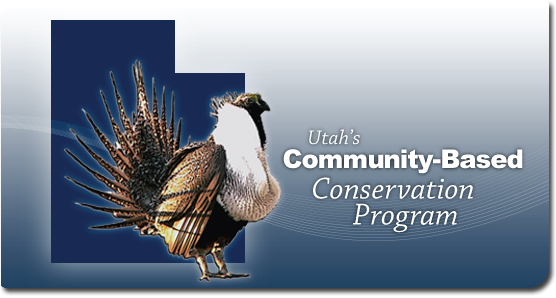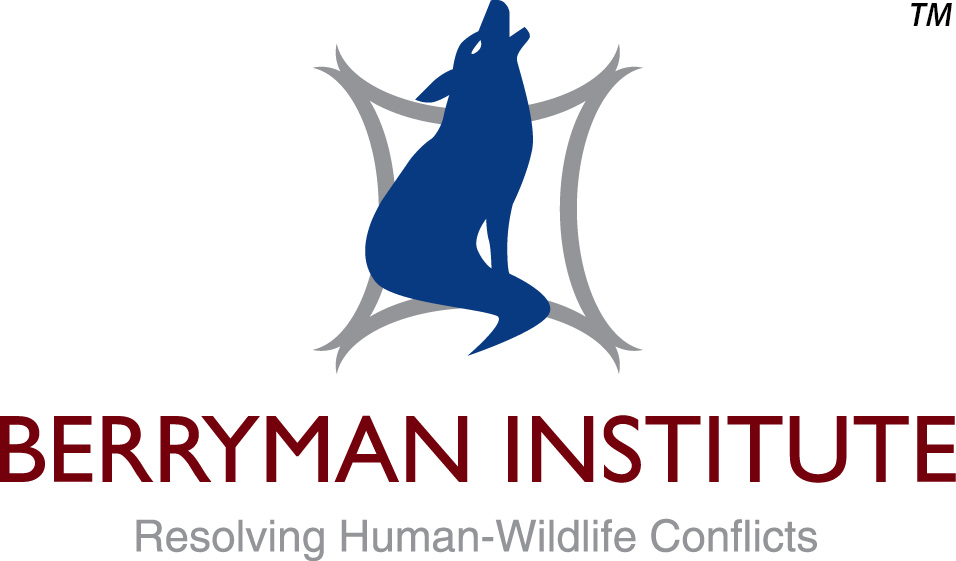Document Type
Report
Publication Date
12-2020
First Page
1
Last Page
226
Creative Commons License

This work has been identified with a Creative Commons Public Domain Mark 1.0.
Abstract
Humans and wildlife interact in multifaceted ways on public lands with both positive and negative outcomes for each group. When managed well, wildlife-based tourism and other forms of recreation can benefit conservation goals. Public lands planners and managers often must decide how to best manage recreational activities and wildlife habitats that overlap spatially and temporally. We conducted an extensive literature review and categorized recreational activity into five types based on the use of motorized equipment, season, and location (terrestrial vs. aquatic), expanding on findings summarized in prior reviews. Our findings provide a reference for public lands planners and managers who need information about how wildlife species respond to recreational activities and to associated changes in their habitats. We also describe management principles gleaned from the literature and outline priority research and administrative study areas to advance our understanding of recreation-wildlife interactions.
Recommended Citation
Miller, Anna B.; King, David; Rowland, Mary; Chapman, Joshua; Tomosy, Monica; Liang, Christina; Abelson, Eric S.; Truex, Richard L. 2020. Sustaining wildlife with recreation on public lands: a synthesis of research findings, management practices, and research needs. Gen. Tech. Rep. PNW-GTR-993. Portland, OR: U.S. Department of Agriculture, Forest Service, Pacific Northwest Research Station. 226 p.



